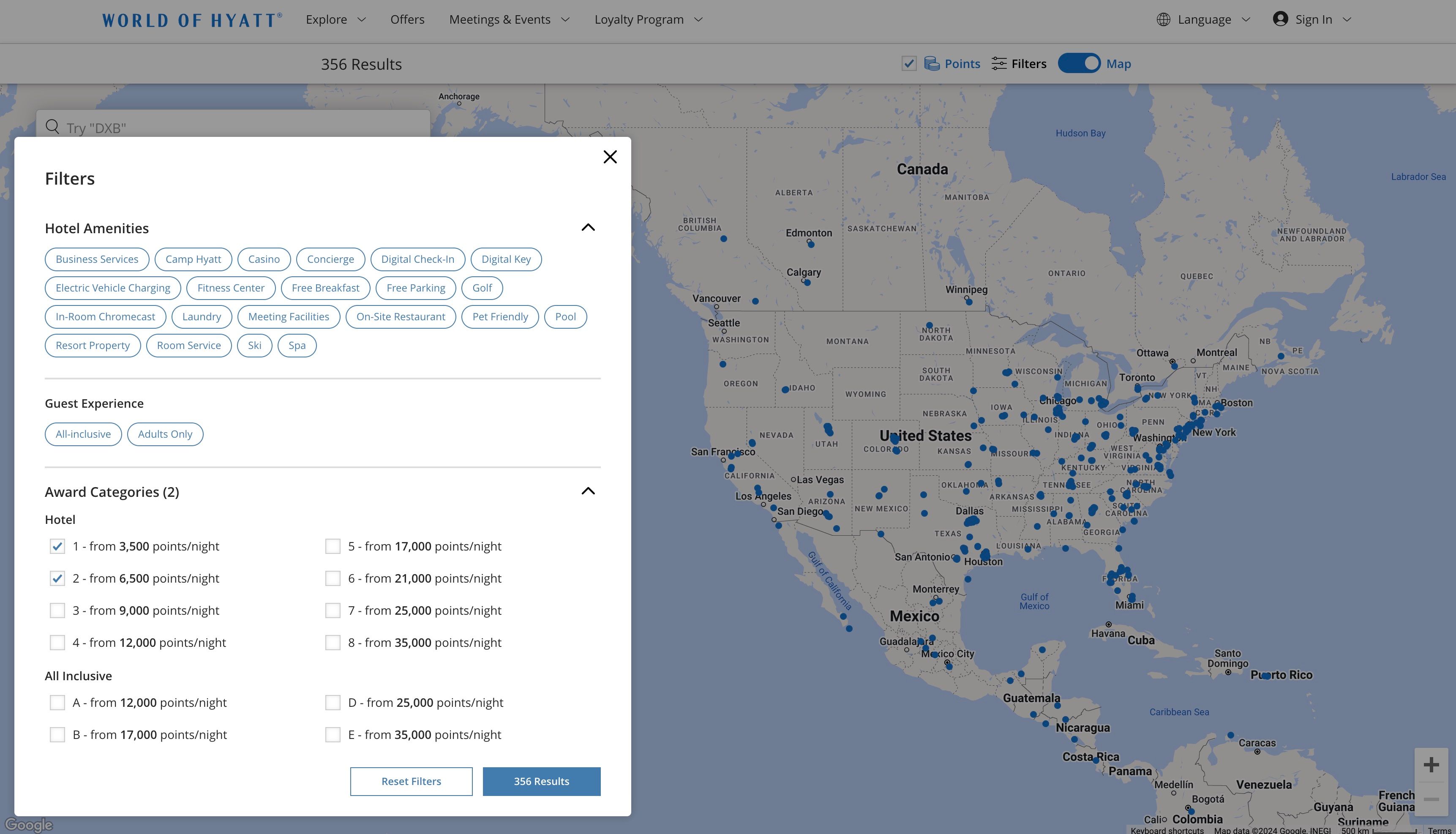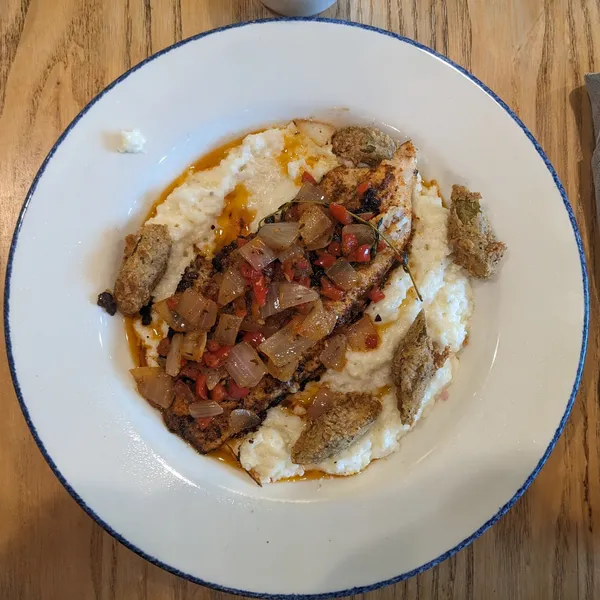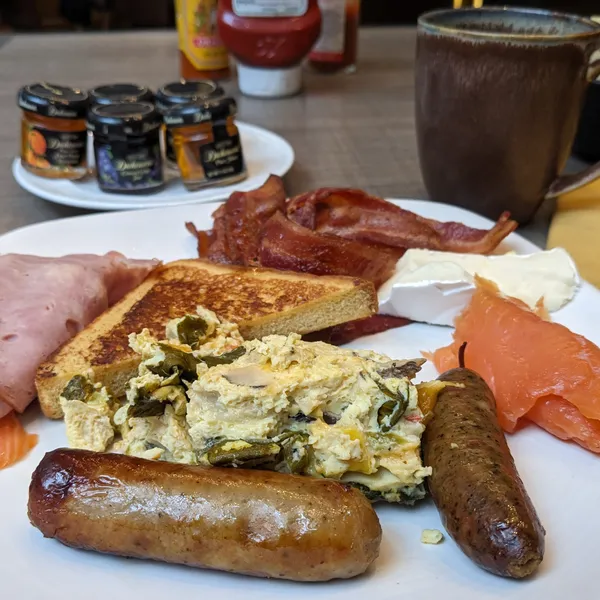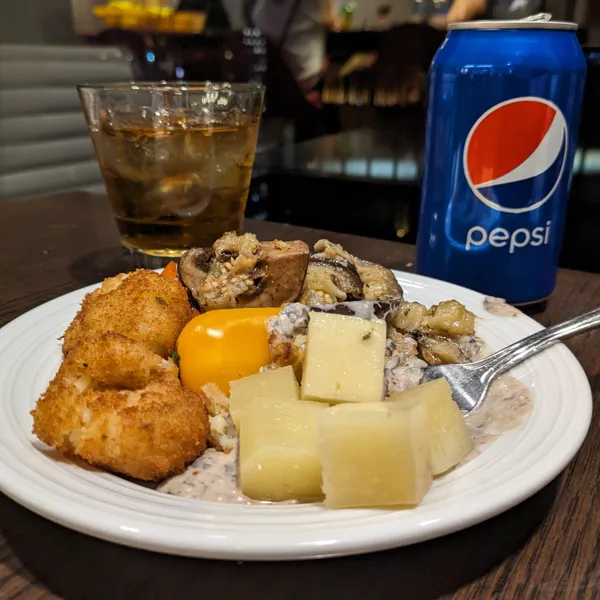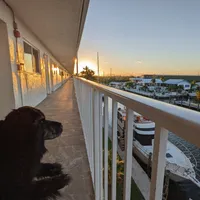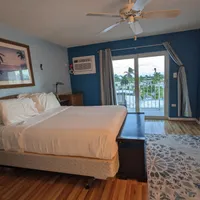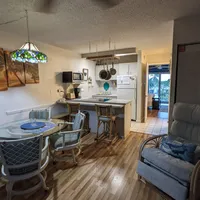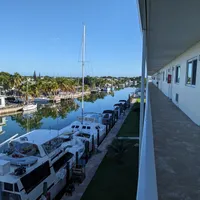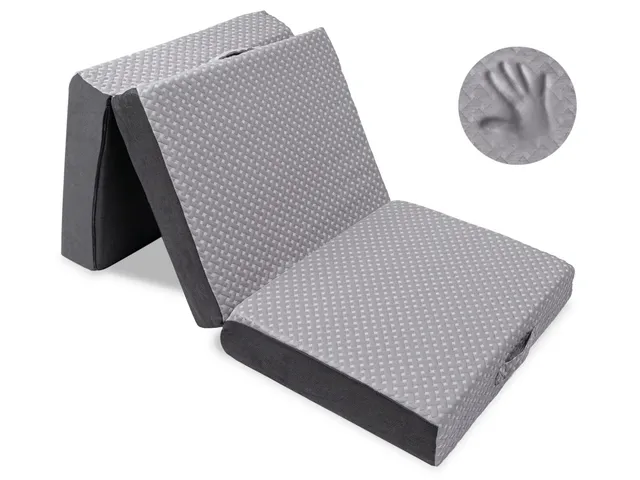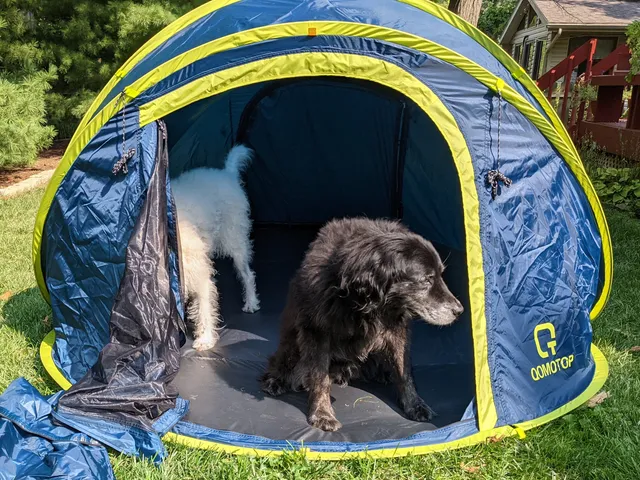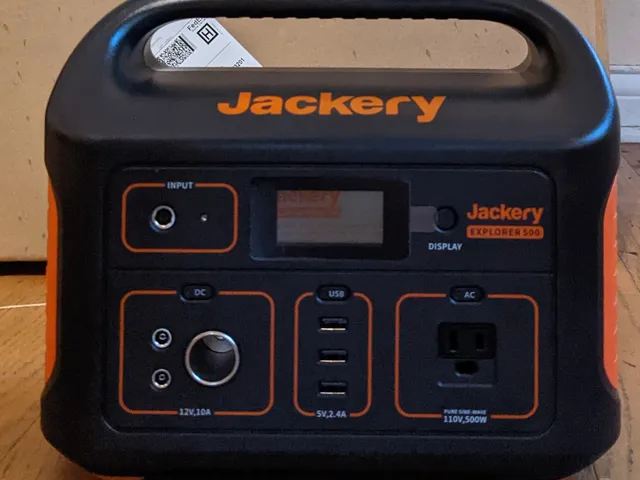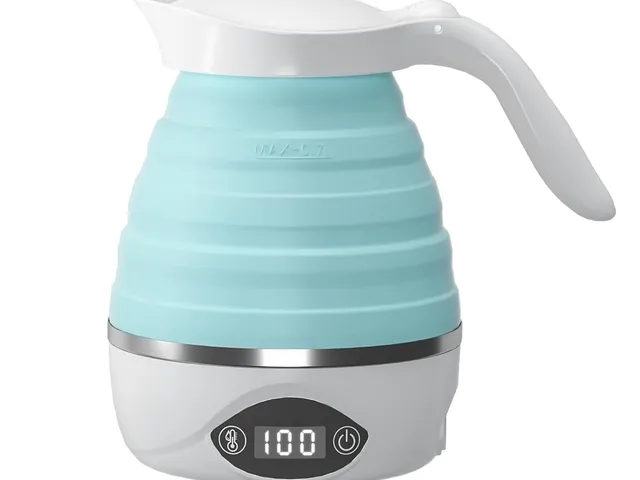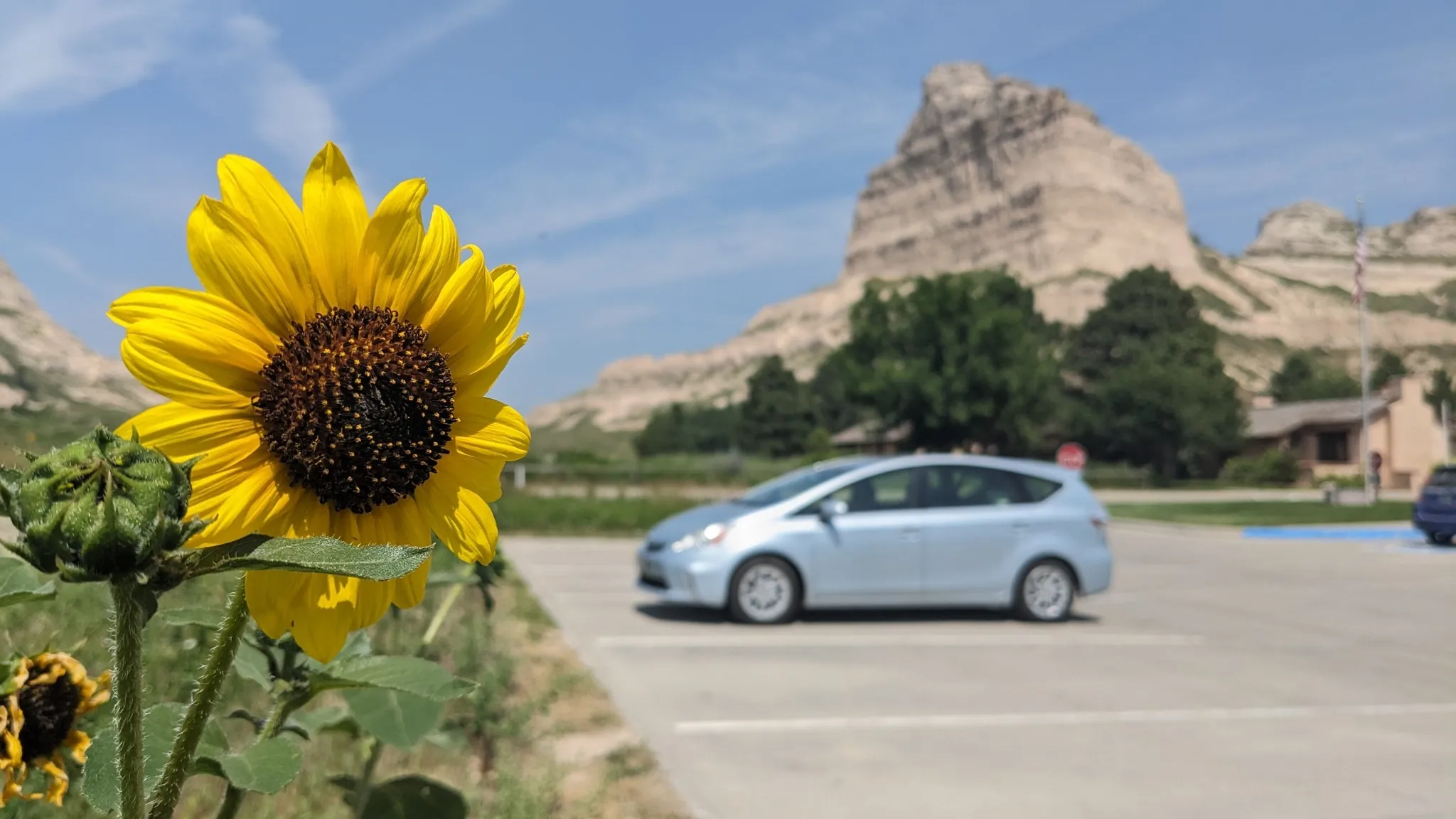
Points Guide to the Great American Road Trip
Introduction
There are many kind of road trips. Mine tend to be a few weeks long, covering a few thousand miles. Usually I stay in hotels, but sometimes I’ll camp or even sleep in the car. Sometimes I’ve travelled with my dog, and other times I’ve been alone. This article will cover the tips and tricks I use on these trips, but it may not be for everyone.
I take a lot these trips, and in my travels I’ve learned a few tricks.
- Florida - Nov 2023
- Great Plains Roadtrip - July 2023
- Outer Banks - Dec 2022
- Return of the Artemis I - Nov 2022
- Ellie and Artemis I - Aug 2022
- Ellie’s Great Adventure - Oct 2021
Buying Gas
My Prius gets around 40 miles per gallon which works roughly to 10 miles per dollar. This means I need to budget $100 in gas for every 1,000 miles of the trip.
For gas, I use the Wyndham Business Earner which earns an astonishing uncapped 8x Wyndham points at gas stations. Most people value these points around 0.9 cents per point making that a 7.2% rebate. However, I typically redeem these for over 2 cents per point on Vacasa stays.
As a business visa, you can register it once with VisaSavingsEdge.com to enjoy ongoing automatic savings at road trip friendly brands like Chevron, Wyndham and MGM.
Other personal cards, like Citi Custom Cash or Chase Freedom Flex can reach parity with this by tracking spending limits, activating bank specific card linked offers, or during quarterly spending promotions… but the Wyndham Business Earner is effortless and automatic.
From time to time, I will also use
- Kroger Fuel Points
- Shell Fuel Rewards
- Simply Miles
- Speedway Rewards
- Upside
For more gas savings tips, check out our guide on How to Buy Gas.
Lodging
On the road and in cities, I stay at Hyatts on points as much as possible, filling the gaps with other chains. IHG, Hilton and Vacasa are great options for destinations when staying 3-5 days. Wyndham and Best Western can offer value when paying cash and traveling with a dog. Camping is always a fine option.
Hyatt
Asides from their footprint, which is smaller than other chains, Hyatt offers the best combination of price and experience for road trippers travelling on points. It is particularly strong for nice, affordable single night stays or stops in cities if you have top status.
I usually target these brands:
- Hyatt Place - Solid hotel with basic breakfast
- Hyatt House - Like a Hyatt Place but with a kitchen.
- Hyatt Regency - Great for higher end benefits in a city.
Award Chart Pricing
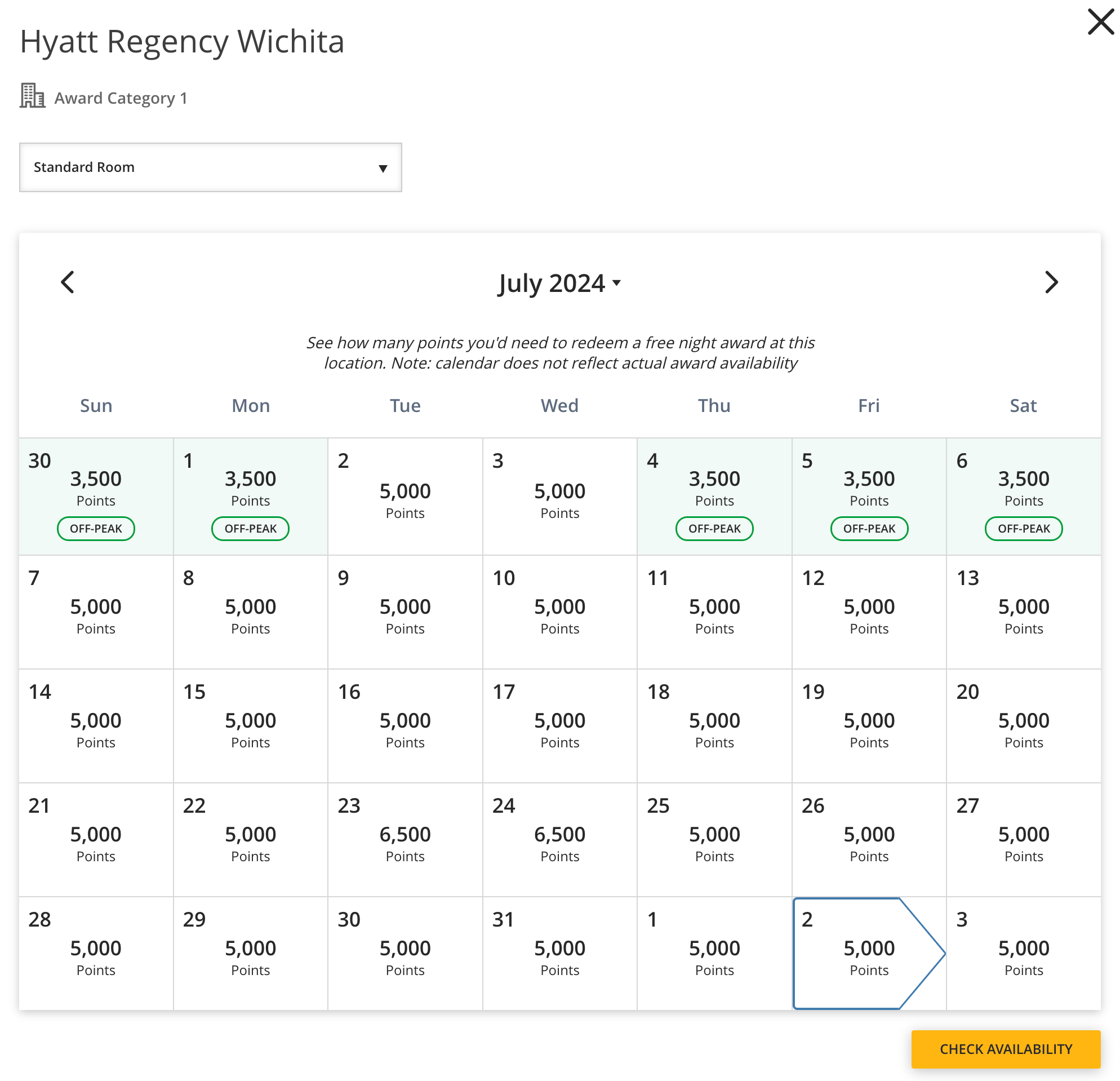
While most chains have moved to dynamic pricing, Hyatt still has an award chart. A category 1 Hyatt Place is always 3,500, 5,000, or 6,500 points and every Hyatt has a point calendar giving you the fixed price of every night months in advance. The comparable Hampton Inn (Hilton) next to it could be 30,000 points one day, and 60,000 points the next as it fills up.
On road trips, I like to keep things flexible, often booking just one day in advance. Although there is some risk of a hotel selling out, Hyatt generally gives me that freedom without worrying about price. It’s also a much better deal based on common point valuations.
Hyatt never charges destination fees on award stays, and they don’t participate in shopping portals. While having a Hyatt credit card offers some advantages, you can do almost as well with any 3x travel card. This gives them the simplest award pricing of any hotel chain.
| Category | Off-Peak | Normal | Peak |
|---|---|---|---|
| 1 | 3,500 | 5,000 | 6,500 |
| 2 | 6,500 | 8,000 | 9,500 |
| 3 | 9,000 | 12,000 | 15,000 |
| 4 | 12,000 | 15,000 | 18,000 |
| 5 | 17,000 | 20,000 | 23,000 |
| 6 | 21,000 | 25,000 | 29,000 |
| 7 | 25,000 | 30,000 | 35,000 |
| 8 | 35,000 | 40,000 | 45,000 |
Map Search
Hyatt’s map search is fast, responsive and allows you to filter by award category, without entering any dates. At a glance, you can see all category 1 and 2 hotels anywhere in the world. This makes it very easy to plan entire trips in advance or sketch out the next few days of travel as they come.
In contrast, dynamically priced chains usually lack any way to search on award price and instead require you to search on particular dates, which you may not know, and to click on each listing to see the price, which could be totally different tomorrow.
To make matters worse, most competitor map searches are aimed at showing results in a small area like Chicago. When you zoom out to see several states, they will often start clustering results requiring more and more clicks to get to the actual hotels. This is all extremely tedious.
Globalist Benefits
If you have Hyatt’s top Globalist status, you will enjoy four particularly great benefits for road trips.
All Globalists get Free Parking on award stays. You can drive into the heart of Chicago and enjoy $90/night valet parking without paying more than a tip. In smaller markets like Wichita or Pittsburgh, it might only save you $20-$30, but it can still be the difference between a stay in the heart of a city, and driving on by.
Globalists get early checkin and guaranteed 4pm late checkout for free. I’ve checked in as early as 9am and routinely leave at 4pm. This makes it easy to extend nicer stays, or maximize time in a more expensive city. I will often stagger driving days, 10 hours on the road today, 2 hours tomorrow after a late checkout. To me, road trips are about freedom and flexibility, and late checkout really helps maximize that feeling.
Globalists receive free breakfast at higher end hotels. Hyatt Place and House offer a free basic breakfast like you’ll find in many hotels, sausage and eggs, bagels, cereal, you know the deal. However, if you stay in higher end brands, where hotels have their own fine dining restaurants, the free breakfast goes away… unless you are a Globalist. If you are a Globalist, just charge it to your room and the charge goes away. This is a great deal for individuals and a fantastic savings for families. I like to make a little game of seeing how large a tip I can leave without being charged an overage.
Globalists get free lounge access. Similar to free breakfast, some higher end Hyatts have lounges and these can be great options for a quick dinner. On road trips, the sweet spot is usually around Hyatt Regencies, though not all Regencies have lounges. If a hotel has a lounge and a restaurant, your free breakfast may be a more basic offering in the lounge, but usually this is a net win as you may get multiple meals out of it depending on the lounge’s offerings.
Lastly, while it’s not a Globalist benefit per se, using Hyatt for road trips gives you lots of very cheap Hyatt stays, and this makes it significantly easier to achieve Globalist, which normally requires 60 nights, or 20 nights on a status challenge.
IHG
IHG has a lot of cheaper brands and these can be good for one night stays where Hyatts are not available.
- Holiday Inn Express - Always good with free breakfast.
- Holiday Inn - Found at more destinations, some variation in quality.
- Candlewood - Sometimes run down, but have kitchens and tend to be more dog friendly.
- Kimpton - Higher end boutique, allows dogs of any size for free.
Beyond filling gaps in your itinerary, IHG has three big advantages, some of which really shine with the IHG Premier credit card from Chase.
IHG Premier Credit Card
The IHG Premier credit costs $100 per year. In exchange, you get:
- 35k annual free night certificate
- Platinum status
- 4th night free (see below)
- Improved earnings at IHG properties and more.
Given that it’s pretty easy to use the certificate for a $300+ night stay, this is one of those cards that pays for itself.
4th Night Free
If you have an IHG Premier credit card, you get your 4th night free on award bookings. In the case of IHG, it actually is the 4th night, not the cheapest night.
Because weekend rates often skyrocket, you can achieve big savings by timing your stays accordingly.
- 15,000 Points - Wednesday
- 15,000 Points - Thursday
- 25,000 Points - Friday
40,000 PointsFREE - Saturday
This makes IHG a great option for a destination at the end of your road trip.
Buying Points
IHG regularly puts their points on sale for half a cent a piece. This allows you to accrue large point balances without needing to spend on an IHG credit card or transfer points to IHG which could be better used elsewhere. This allows you to maximize benefits like 4th night free. It also tends to give you simpler pricing than you get with IHG cash rates.
You should be a little careful about buying points because sometimes IHG has very good promotions around cash stays, often offering stackable savings through credit card rewards, normal point earning, IHG promotions, card linked offers and shopping portals. My experience is that sometimes, with work, you can get the cash rate below the point price, but it can be headache and require advanced bookings.
My preferred strategy is to buy IHG points during a sale and then reserve their use for cases where IHG is clearly the best option, either for an on-demand single night stay or a 4th night free situation.
Wyndham and Vacasa
Earning at Wyndham
Outside a few niche cases, I would never use points to stay at a Wyndham. While they offer stays for as little as 7,500 points per night, these are not typically places you want to stay. Nicer Wyndhams will cost 15,000-30,000 points and at those rates you’ll usually be better off redeeming for Vacasa stays.
That said, there are plenty of nice Wyndham properties, they are everywhere, and they sometimes offer truly amazing deals on cash stays. On one trip to the Outer Banks, I achieved 83.3x points per dollar by stacking 5x and 3x promotions, credit card earnings, and a 4% rebate from visasavingsedge.com. The hotel was lovely, had a beachfront balcony, a free diamond breakfast, and the points from a three night $250 stay earned me 1.5 nights in a $490/night two story resort Vacasa in Maui.
If you are booking cash stays, you definitely want the Wyndham Business Earner which grants.
- Diamond status with Wyndham and Caesars.
- 8x earnings at Wyndham properties on top of 12x from base and Diamond.
- 4% savings on Wyndham bookings through visasavingsedge.com
- 10% rebate on all award bookings.
Another positive for Wyndhams, is that their La Quinta brand usually allows larger dogs with a $15-25 per night pet fee. By comparison, it can be difficult to find pet friendly hotels in the other programs, especially for large dogs, or the pet fees may only become economical on longer stays (ie. $75/stay up to 5 nights).
La Quintas also offer free breakfast, and they tend to be a fairly good quality, though there are definitely exceptions. Unfortunately, event with La Quinta, the pet policy varies by hotel, and I’ve found the website is not always accurate.
Redeeming at Vacasa
Bookable with Wyndham points, Vacasa is like a centrally managed AirBnB. They specialize in condos and tend to have the most selection in places where condos and cabins are found in large quantities. If you are road tripping toward a beach, there will probably be several Vacasa options there.
Units cost 15,000 points per night per “official” bedroom for cash values (including fees) up to $350 per night. Lofts don’t count as bedrooms and you can easily find places with multiple beds but just one bedroom. There are no fees on award bookings (unless you have a pet). Since this is a Wyndham redemption, holders of the Business Earner credit card save 10% on award bookings bringing the price down to 13,500 points per bedroom.
Below are some pictures from a 13,500/night Vacasa stay at Skipjack Marina and Resort in the Florida Keys when a comparable night at a nearby Hampton costs 80,000 points.
Other Hotel Chains
Hilton
I tend to avoid Hilton stays, especially on road trips. There are several reasons for this.
First, they are just more expensive. With point prices more closely mirroring cash prices, it’s harder to find out-sized value. I find the best uses are for five night stays (5th night free) in mid-range hotels, but I usually prefer short stays on the lower end during road trips.
While the basic breakfast in a Hampton Inn usually beats those found in a Hyatt Place, the full breakfast benefit for those with elite status tends to be less consistent than Hyatt or even IHG. Often you will get a food and beverage credit that doesn’t cover a full breakfast. On the plus side, this benefit kicks in at even lower status levels.
On the positive side, you can get Hilton’s top Diamond status with the $550 Hilton Aspire credit card and many consider this card to be the best value in hotel credit cards. This includes lounge access, a breakfast credit, and diamond reserved parking spaces which can be handy on a road trip.
Marriott
I almost never stay in Marriotts on road trips. It’s harder to find Marriott points on sale for a good price, making them harder to accrue. As with Hilton, they tend to be better known on the higher end which makes them not ideal on most road trips.
That said, I have sometimes found value at Marriott when other hotels are selling out. This is most likely due to their phantom award chart which places a cap on award prices. During NASA’s Artemis I launch, the largest rocket ever launched in my lifetime, I was able to snag one of the last rooms anywhere near Cape Canaveral using a 35k Marriott certificate. It was only a TownePlace Suite, but everything was sold out and the cash price was over $1,000.
Best Western
Best Western is another hotel chain that can be good for cash stays, particularly when travelling with pets. That said, I’ve been frustrated by their loyalty program and promotions sometimes involve expiring or difficult to use credits.
Camping
Ironically, with all the points and miles options for hotels, my most expensive nights on the road are usually spent camping. I don’t camp a lot, but most of my road trips involve a few nights in a national or state park, or even a night at a rest stop.
For popular National Parks like Yellowstone, you want to book camp sites several months in advance. I’ve even run into situations at less popular parks like Big Bend where a special event resulted in no availability.
Fortunately, most National Parks have nearby state parks or national forests and these often have availability when the neighboring NP is standing room only. They also tend to be more pet friendly.
Rest Areas
Sometimes there isn’t a hotel within range, and you just need to get off the road. With a little preparation, sleeping in a rest area can be safe, legal and even semi comfortable.
I drive a Prius V, the longer, more stationwaggy version of the Prius. The back seats fold down and I always pack a 6” Milliard Trifold mattress, pillow and blankets.
See the Boondocker’s Bible for a list of which states allow overnight parking in rest areas.
Travel Gear
Milliard 6-Inch Memory Foam Tri Folding Mattress
My sister spent a year traveling around the country, camping, and living out of her Prius. When I began to travel, this was one of her top recommendations. It is extremely comfortable, so much so that I have upon occasion slept on it while at home. I usually deploy it in a tent or inside my car with the rear seats folded flat. It gets broken out whenever I visit a friend without a guest room. No matter where I am I always have a comfortable mattress.
The only downside is that it is rather large, taking up a lot of space in a car.
QOMOTOP 4 Person Pop up Tent
As a pop-up tent, all you need to do to set this up is to toss it in the air. It will immediately expand into a fully deployed tent, and you can optionally stake it down. Collapsing it is a little tricky, but with a little practice it can be folded back into its carrying case in about 60 seconds.
With no rain fly, this won’t be the best all weather tent out there, but if the weather gets rough, I can tear everything down in two minutes and finish the night quite comfortably in my car.
Jackery Portable Power Station Explorer
I tend to travel with a lot of electronics, laptops, cameras, a portable CPAP machine. Having the Jackery 500 means I’m good on electricity for a full day or two, with the CPAP being the biggest drain running eight hours per night.
Originally, I bought it with a 100W solar panel, but I was uncomfortable leaving them in my campsite unattended due to concerns around theft and weather. When you have a 100 Watt panel, this will probably only generate 60 watts of power. This means you need to keep the panel deployed and pointed at the sun for a good 8-9 hours.
They have since started making panels with an IP68 waterproof rating so this makes it a little safer to leave outside.
Since I don’t typically use the panel, I charge the powerstation in hotels or while I drive. If I could go back in time, I might opt for the 1,000W version and no solar.
Travel Foldable Electric Kettle
Food gets expensive fast, and sometimes you may end up pulling into a hotel late in an area where all the restaurants have closed.
I use this collapsible kettle to boil water for instant meals like:
- Ramen
- Knorr noodles
- Mashed potatoes
- And so on.
It boils water in 2-3 minutes, giving you great options for cheap late night eats. I also love it for hotels without coffee makers (Las Vegas, I’m looking at you).
Note: This kind of device draws a lot of power and is not recommended for use with the Jackery powerstation.
Reliance EcoCore Aquatainer 7 Gallon
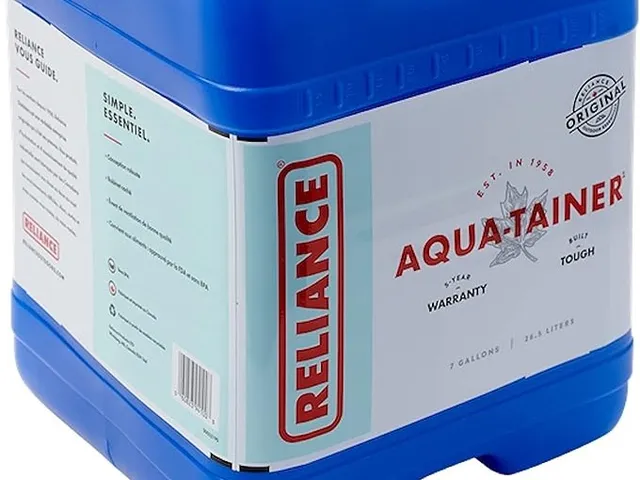 Reliance 7 Gallon Aqua-Tainer - Full Review
Reliance 7 Gallon Aqua-Tainer - Full Review Maintain a plentiful water supply, no matter where you are.
I love to drive and camp in the desert. When doing so, water can be a concern. National Parks like Big Bend often ask campers to conserve or bring their own water due to shortages.
I like this 7 gallon container because it holds a lot of water, honestly enough for fairly long trips, and because it has a handy spigot that makes it easy to fill up my water bottle at stops or before hikes.
On the downside, it is rather large, and you may find a 1-3 gallon container more practical from a space-saving standpoint.


